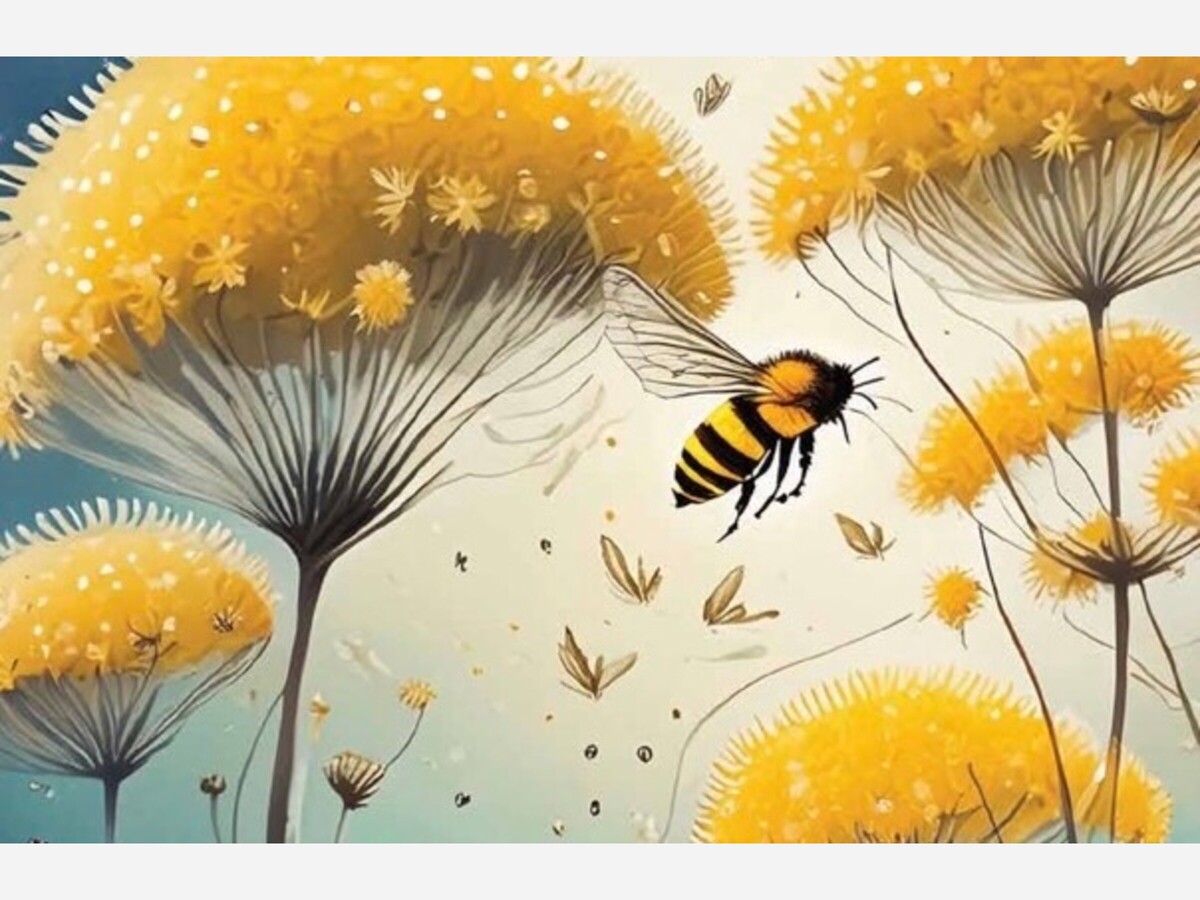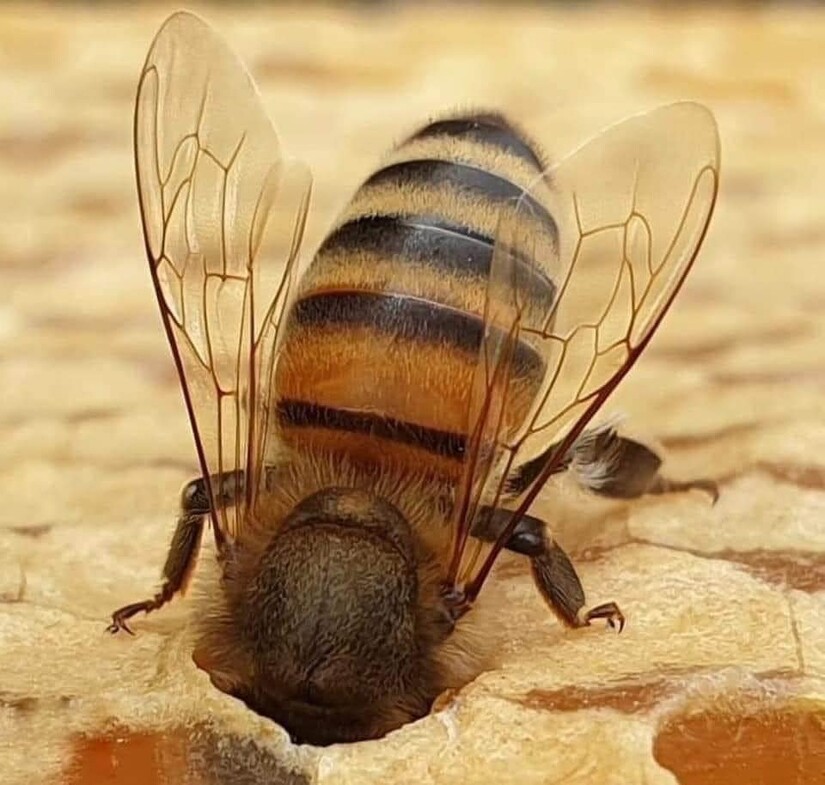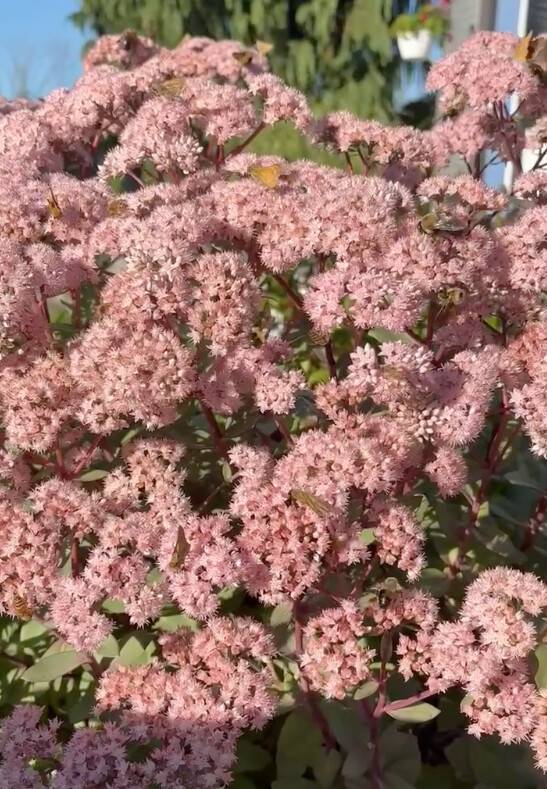Image

by Jane Stahl
Thanks to September's "slant of light"and the start of my oak tree's annual "leaf drop," I've been thinking about a favorite meme that suggests, "Autumn shows us what it's like to let go"--you know, like all the things we must let go as part of the aging process.
And thanks to my garden and Facebook--I’ve been thinking about bees lately. I read a post about the elderly ones—as we have our advanced age in common—and I’ve developed an enhanced respect for them. I’m inspired by them. What I’ve learned is that they keep at it—even with tattered wings and less youthful body fuzz. I can relate.
They’re at the edges of their life span. And while I still think of myself as 30-something and look at 80-year-olds and think of them as elderly, I’m still shocked when I remember I’m just a few years shy of that number.
But my body reminds me. Aches and pains, a stiffer gait are my chronic issues. The body just doesn’t work as well these days and its limitations are keeping me from some of the work I love—vigorous weeding from dawn to dusk, for example, walking a few miles for exercise. Sofa Yoga is great, but my friends laugh when I tell them it’s my main exercise program.
I’m encouraged to know the work of elder bees remains critically important to the hive. Perhaps they’ll inspire you, too.

“This is an old bee. How can you tell? First of all, if we see a bee on a flower, it means she is a forager, and forager is a job for older, stronger bees. Younger bees have inside-the-hive jobs like cleaning or taking care of babies.
"Second, we can tell by looking at her that she's been through some stuff. Her wing edges are pretty tattered and the fuzziness has worn off of much of her body. So, this old lady is probably getting up there in age and may be 5 or 6 weeks old. Yes, that's old for a bee. During the working seasons, worker bees typically live for only about 6 weeks.
"These old bees don't return to the hive in the evening. They spend the night on flowers; and if they have the chance to see another sunrise, they resume their activity by bringing pollen or nectar to the colony.
"They do this sensing that the end is near. No bee waits to die in the hive so as not to burden the others. So, when you see a bee on a flower, remember she's an old lady and she's got work to do.
(Bees can be useful to humans even after they have died, as they are used in the form of poultices to treat joint pain.)” ~ Facebook

Photograph by Linda Austerberry who marvels at what her garden's super pollinators have become for dozens of elderly bees.
*********
Unlike the bees, I won’t be out much in the evenings. But, come late morning, I’ll be out and about, doing a thing or two, to bring what is needed for the "hive," my world, to make the "honey," good stuff, to "feed" our spirits.